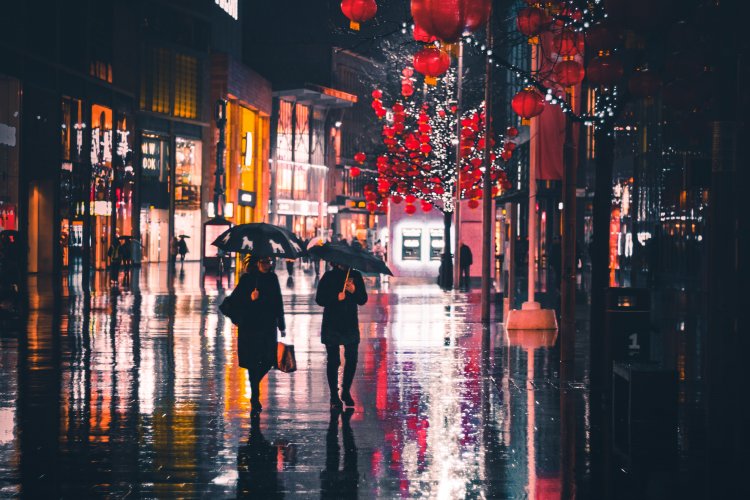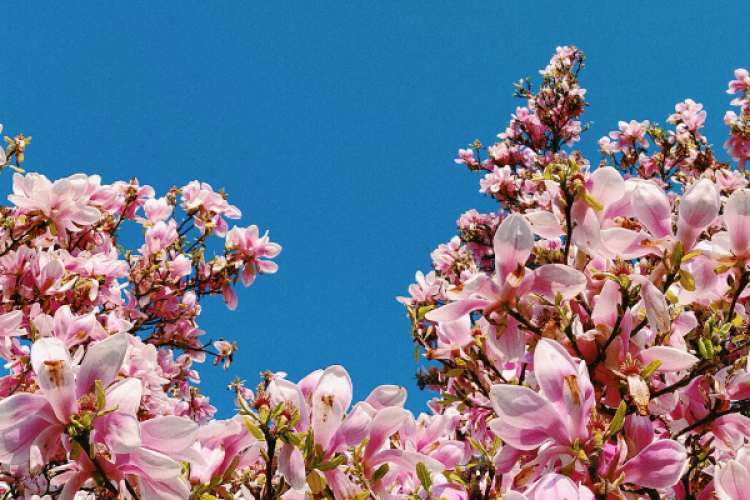Talking Travel: Springtime in Suzhou
To help you with your upcoming Qingming travel plans, we suggest Suzhou as a lovely springtime getaway.
Suzhou may be one of the most chill places in China. While it’s not a winter warm-weather destination like Guangxi’s Yangshuo or Yunnan’s Dali, Suzhou is a low-rise, low-pressure city that’s on the verge of becoming a Shanghai suburb, only 22 minutes away by high-speed rail. If Shanghai commuters start becoming the majority in Suzhou, then suburbia will never have been so cool.
No article about Suzhou would be sufficiently cliché without including the Chinese idiom that mentions it: “Above there is heaven; below there is Suzhou and Hangzhou” (上有天堂, 下有苏杭). Marco Polo visited in 1276, and may have been the first person to compare the city and its canals to Venice.
Even for travelers who have visited Suzhou before, the city may surprise. What was once a quaint garden town has turned into a very cool city of 4 million, built along the shore of Lake Tai. Formerly where Shanghaiers went to get out of town for the weekend, this outer suburb now features two subway lines, one of which is particularly helpful when arriving by train, as the station is quite far from the city center.
Suzhou is still best known for its traditional areas. The Humble Administrator’s Garden, the name of which now seems anachronistic as it is the best known and most popular of the city’s gardens, is more than 1,000 years old. The eponymous bureaucrat was Lu Guimeng, a Tang Dynasty government official, built the original garden, which later became a temple. Along with Suzhou’s other major gardens, it is now a UNESCO World Heritage Site.
Visitors here will realize that tourism in Suzhou is mostly about quiet reflection, the occasional tour guide’s bullhorn aside. Unlike its home city, Hanshan Temple is not commemorated in an idiom, but it does appear in a poem by a Tang Dynasty poet. It is Suzhou’s most popular Buddhist site, whereas Xiyuan Temple is the largest. The Xuanmiao Temple is not Buddhist, but Daoist, but trumps both of the others by being about 1,800 years old, having been constructed in 276 AD.
Unlike Venice, you won’t spend much if any time cruising Suzhou’s canals – they are more picturesque than navigable. However, both Pingjiang Street and Shantang Street preserve two of the oldest areas of canal-side architecture and lifestyle. Just think of them as water hutongs and everything will make sense.
One landmark familiar to Beijingers will be The Bookworm, one of the bookstore/cafes two non-Beijing outposts, the other being in Chengdu. The Suzhou site is on Shi Quan Jie, at the head of a street-long collection of art galleries, bars, cafes and shops. At the other end of the street is the Nanlin Hotel, one of Suzhou’s very first five-star hotels, a comfortable if dated temporary residence.
Suzhou can be reached by high-speed train from Beijing in four to five hours. Not every train to Shanghai stops there, so check schedules first.
Until next week, one road flat safe.
Photo: fr.wikipedia.org
Related stories :
Comments
New comments are displayed first.Comments
![]() Nodame
Submitted by Guest on Sun, 06/21/2015 - 01:04 Permalink
Nodame
Submitted by Guest on Sun, 06/21/2015 - 01:04 Permalink
Re: Talking Travel: Springtime in Suzhou
That's my hometown. Good choice.
![]() Summerbeauty
Submitted by Guest on Tue, 03/25/2014 - 23:16 Permalink
Summerbeauty
Submitted by Guest on Tue, 03/25/2014 - 23:16 Permalink
Re: Talking Travel: Springtime in Suzhou
Nice article, Suzhou is a beauty city, right for Qingming holiday
Validate your mobile phone number to post comments.



